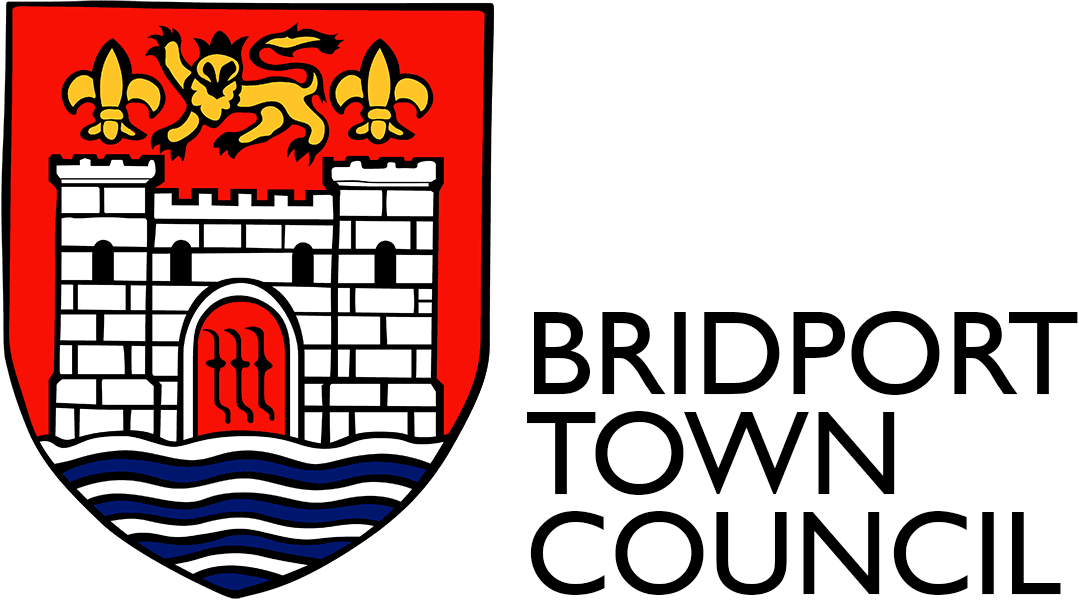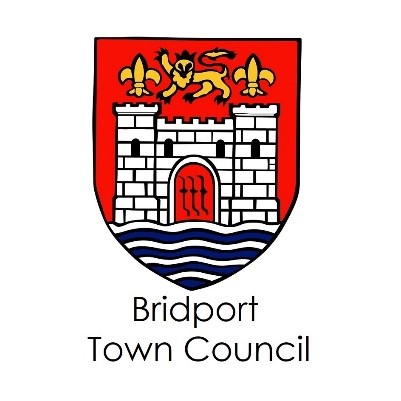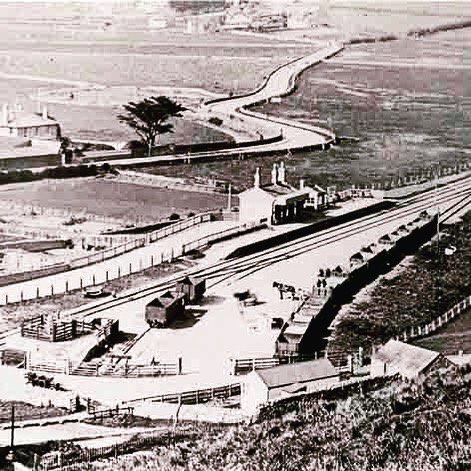
West Bay Railway Anniversary
Tuesday 22nd September marked the 90th anniversary of the closure of the rail passenger service to and from West Bay. On that fateful day the service that had run between Maiden Newton and West Bay via Bridport for 46 years ceased. A freight service continued until 1965 when the lines were finally taken up.
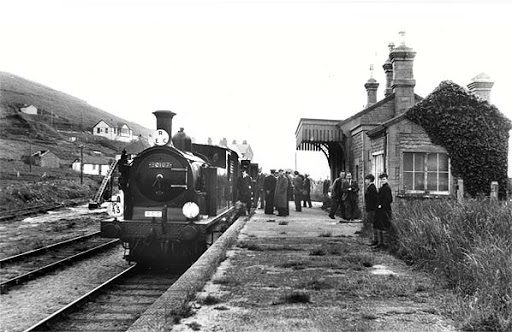
It was on 21 July 1879 that the Bridport Railway Act enabled the Bridport Railway Company to construct the final two mile extension from Bridport to Bridport Harbour as what we know today as West Bay. The decision to call the station West Bay was based on the idea that it would prove to be more attractive to the throngs of visitors that it was hoped would be steaming in to turn the sleepy harbour village into a resort to rival Weymouth and Bournemouth.
The line opened on Monday 31 March 1884. By all accounts there was a carnival atmosphere in Bridport and a great number of passengers took the opportunity to ride to West Bay on the 7.32am train. On that first day a totally of 5,100 tickets were issued. In West Bay there was a grand public luncheon and later a band entertained people in a field adjacent to the station. Sadly the euphoria of that first day was short lived; the anticipated holiday resort never materialised and passenger numbers were low.
The line was marked for closure in the Beeching report but thanks to a subsidy from Dorset County Council it continued to run. In 1971, the British Railways Board applied to close the line (under the provisions of Section 56 of the Transport Act 1962). Annual losses were stated to be £54,000. Finally following a public enquiry, the Secretary of State for the Environment gave permission to withdraw the service and the line was duly closed on Monday 5 May 1975. This was one of the last closures directly linked to the Beeching report.
As closure approached, there was a surge in demand by local people and rail enthusiasts seeking a final trip. A three carriage diesel multiple unit train was used instead of the usual single carriage during the final days of operation. On the final day of operation all the carriages were used together to make a four carriage train.
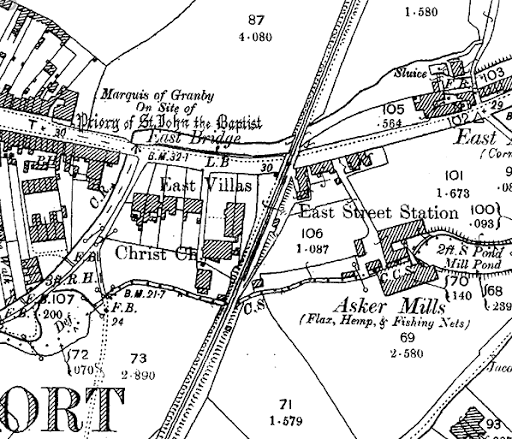
Today part of the old railway bed between Bridport and West Bay now lies under the A35 Bridport By-Pass (Sea Road South), while the West Bay section between Burton Road and the station itself is a footpath and cycle track. Although this path now rises to meet Burton Road, the original level of the railway crossed beneath the road at Wanderwell Bridge. The top of the bridge, bore entrance and track bed can still be identified. On its way towards East Street Station, the railway would have passed through Wanderwell and then east of the junction with Burton Road and West Bay Road. Sea Road North has replaced the track bed between East Street Station and Bradpole Road Station.
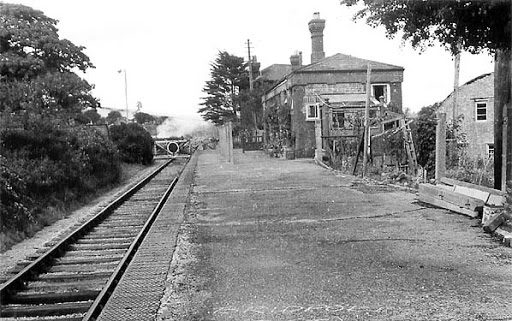
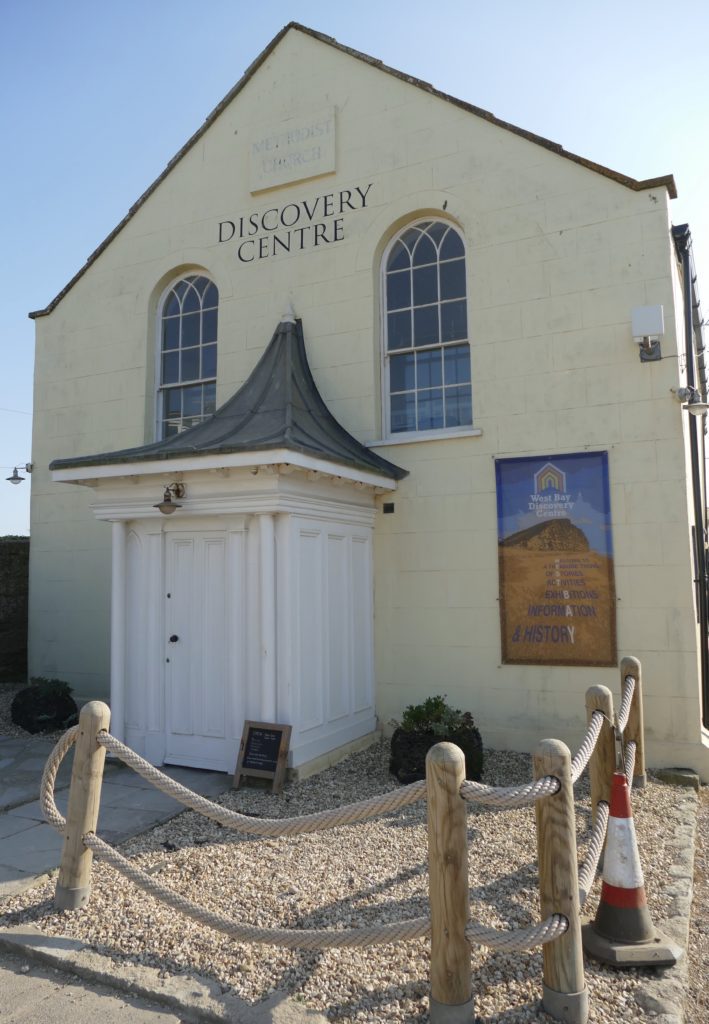
The West Bay Discovery Centre currently has a really informative exhibition about the line. I was shown around the exhibition by John and Sarah West who have a wealth of fascinating information about the history of the line, the people who worked on it and used it.
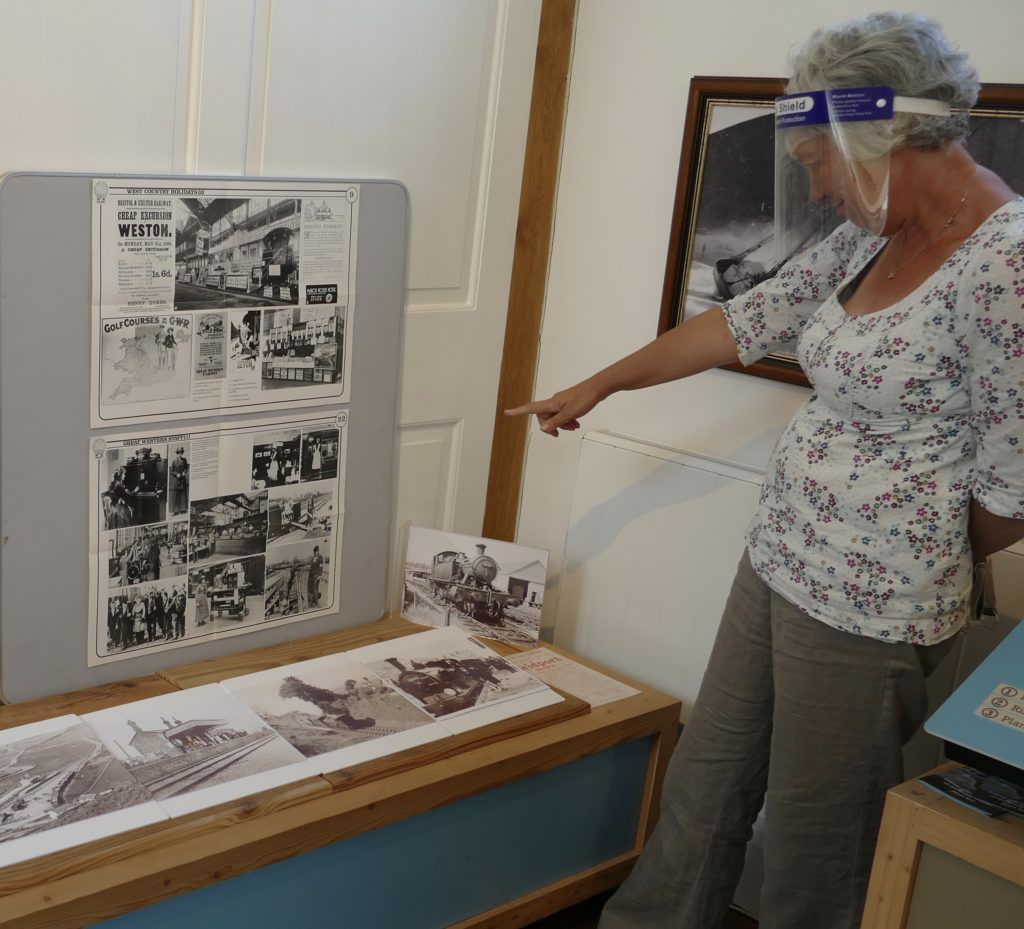
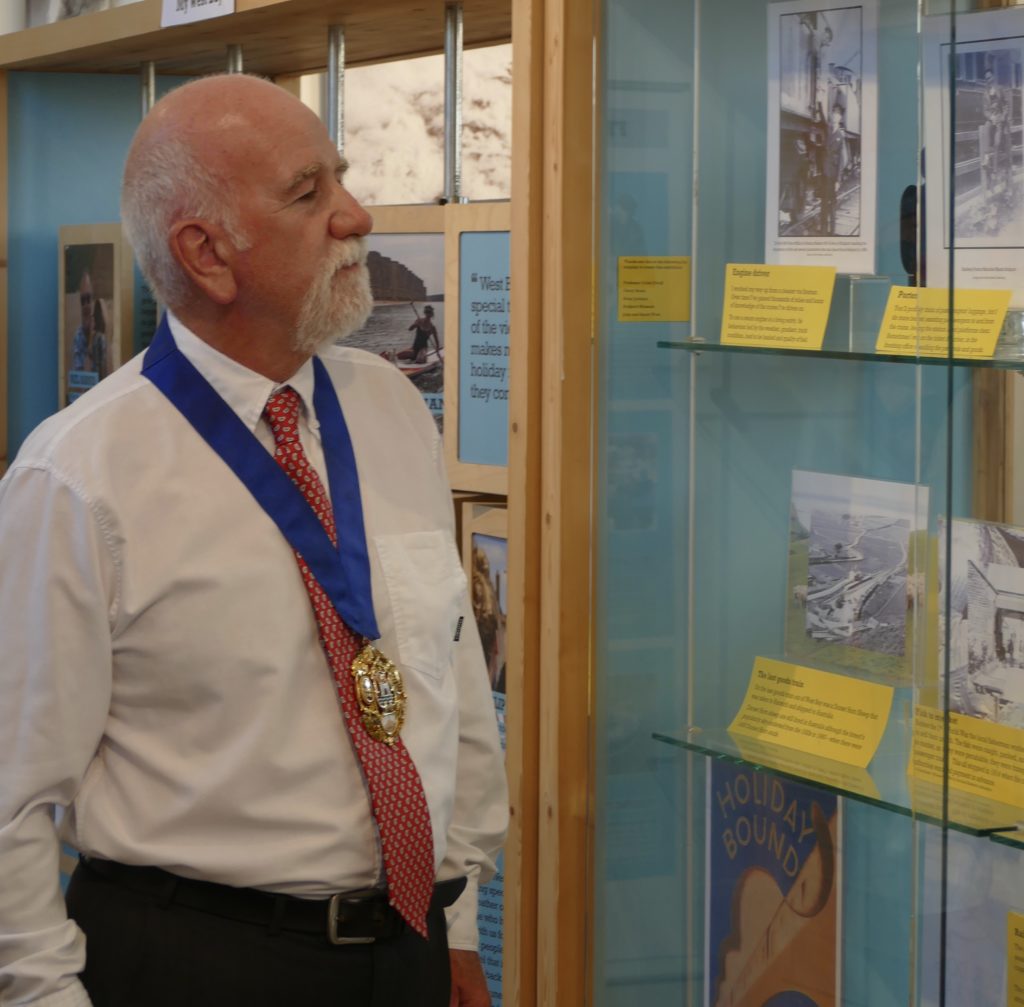
One such snippet was about a previous Mayor who would catch the early morning ‘bathing’ train, have a swim, and be at his desk by 9.00am – impressive but not for me I’m afraid. I was particularly taken by two hats worn by a porter and engine fireman, all these years later you can still smell the smoke on them. I encourage you to visit the exhibition before it closes on October 22nd.
Use the following links to find out more about the West Bay Discovery Centre:
For some years there have been plans to open up the old railway bed between Bridport and Maiden Newton, to enable it to be resurfaced and used for public access as a 10 mile footpath and cycle track. Several landowners and the Dorset Wildlife Trust have agreed to lease, sell or allow access to the land. However, there are still a few sections where access agreements have yet to be resolved. One day, we will hopefully be able to walk or cycle the whole route.

We look back nostalgically through rose tinted glasses to the age of steam. I have to admit that the sight, sound and smell of a steam locomotive is to say the least awesome. Travelling on one of the many heritage steam railways is great fun. But did you know that we now have to import coal from eastern Europe to fuel these amazing smoke and steam belching monsters from another age?
The age of steam and the West Bay branch line are part of history and we are now entering the final years of the age of the petrol and diesel powered automobile. The future is electric and the transition to this new form of motive power is well under way. Fully electric and hybrid vehicles and charging points in car parks are already a common site. Only today I read that sales of electric and hybrid vehicles have overtaken diesel for the first time.

Bridport Town Council is currently looking at the possibility of installing solar powered charging bays in one of the town centre car parks to support and serve the change to cleaner forms of personal transport.
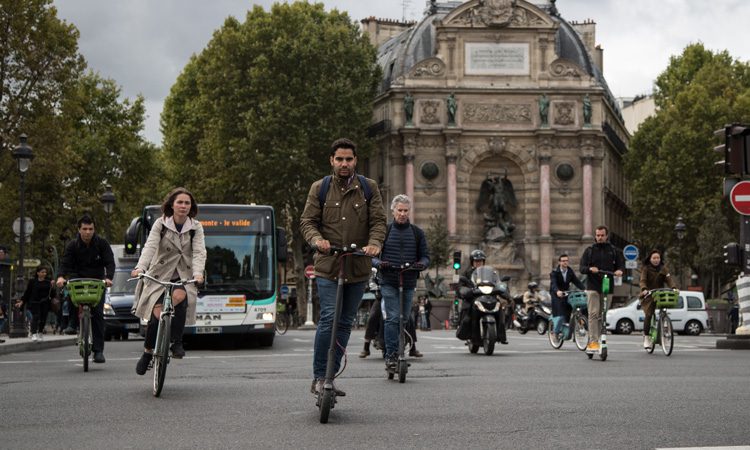
It will not be long before we will be looking back at the pollution generating vehicles we use today in amazement. The clean air we were able to breathe in the town centre during the early stages of the Covid-19 lockdown earlier this year, gave us a brief insight into the future. Cars are not the only form of electric vehicles that have seen a surge in sales over recent months. E-cycles and scooters are becoming increasingly popular ways to commute to work and around towns and cities across the country.
Ninety years ago Bridport high streets would have been filled with horse drawn vehicles jockeying for position with new fangled automobiles.
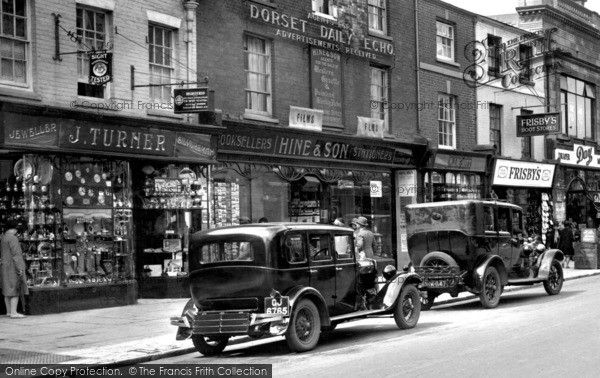
What will Bridport’s high streets look like in 10 years time? Will there be less motor vehicles on the road? Will walking, cycling and scootering be the dominant form of transport around the town? Will there be massive central government investment in green local public transport? Is the age of the personal transport vehicle coming to a close?
One thing that is certain, change there will be. Whether it is change for the better only history will tell.
